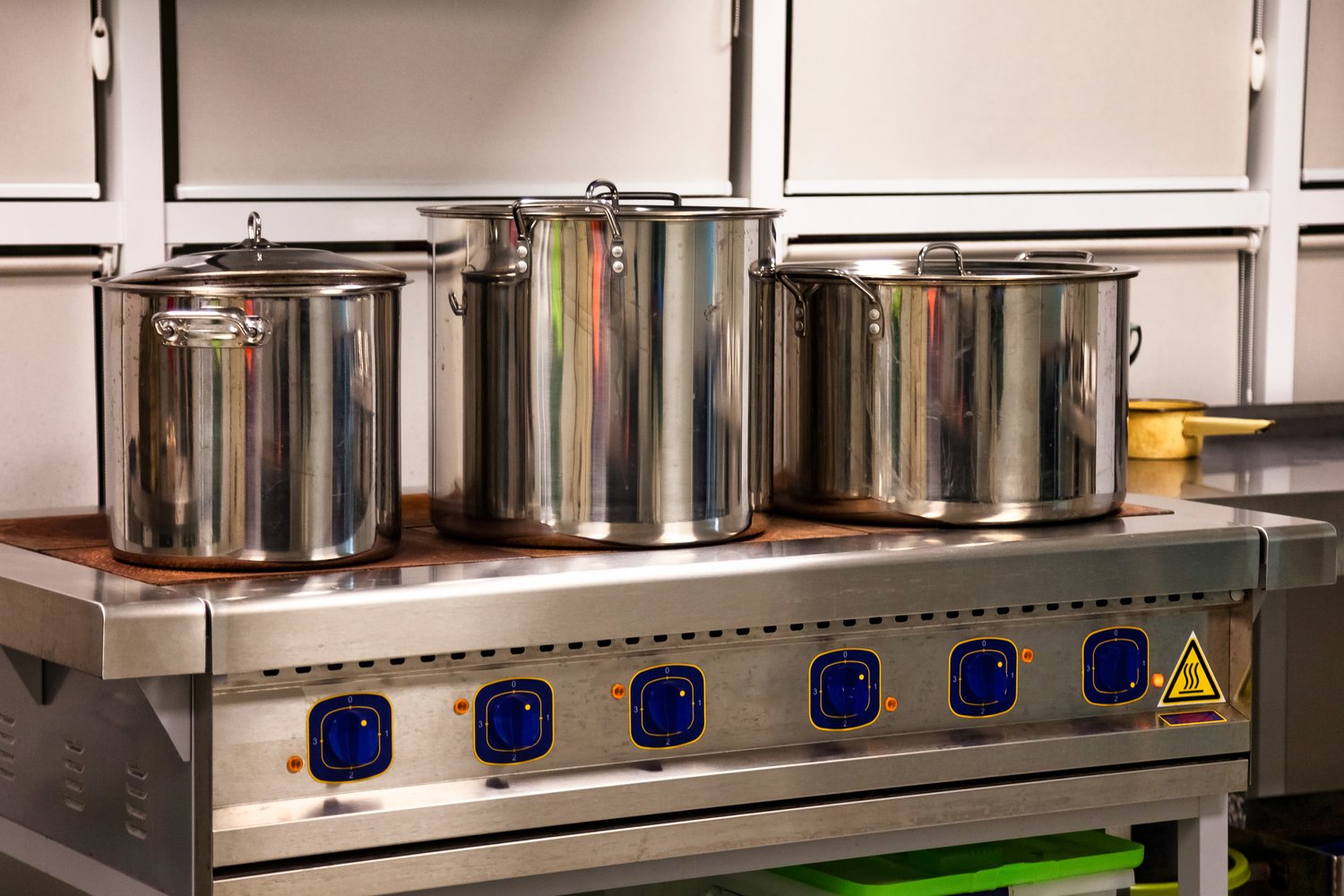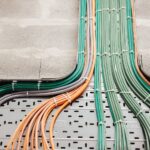Understanding the importance of quality kitchen equipment
Kitchen equipment forms the backbone of any food service operation. High-quality tools and appliances can significantly improve efficiency and output. They also ensure food safety and consistency in preparation. Investing in durable equipment can save money in the long run. Regular maintenance extends the lifespan of these essential items.
Professional-grade equipment often comes with warranties and after-sales support. This support can be crucial during busy periods or unexpected breakdowns. Energy-efficient appliances can help reduce utility costs over time. Some modern kitchen equipment includes smart features for easier monitoring and control.
Proper equipment selection impacts kitchen layout and workflow. The right tools can help staff work more efficiently and reduce fatigue. Ergonomically designed equipment can decrease the risk of workplace injuries. Choosing equipment that meets health and safety standards is essential for compliance.
Equipment versatility is another factor to consider when making purchases. Multi-functional appliances can save space and reduce the need for multiple devices. Scalable equipment allows businesses to adapt to changing demands. Considering future growth when selecting equipment can prevent the need for frequent replacements.
Key factors in selecting kitchen equipment
Budget is a primary consideration when choosing kitchen equipment. However, it’s important to balance cost with quality and longevity. Space constraints in the kitchen will influence equipment size and type. Energy efficiency ratings should be evaluated to manage long-term operating costs.
The volume and type of food being prepared will dictate equipment needs. Speciality equipment may be necessary for specific cuisines or cooking techniques. Kitchen equipment https://onninen.pl/en/products/Kitchen-and-bathroom/Kitchen-equipment should be selected based on the menu and production volume. Ease of cleaning and maintenance are crucial factors for food safety and efficiency.
Compatibility with existing equipment and systems is important to consider. This includes power requirements and connections to water or gas lines. The reputation and reliability of the manufacturer should be researched. Reading reviews and seeking recommendations from other professionals can be helpful.
Training requirements for staff to use new equipment should be factored in. Some complex equipment may require specialized knowledge or certifications. Considering the learning curve for new equipment is essential for smooth operations. The availability of spare parts and service technicians in your area is also crucial.
Essential kitchen equipment for different business types
Restaurants typically need a range of cooking equipment, including ovens and stovetops. Refrigeration units, such as walk-in coolers and freezers, are essential for food storage. Food preparation areas require work tables, cutting boards, and various small appliances. Dishwashing equipment is crucial for maintaining cleanliness and hygiene.
Cafes and coffee shops often focus on specialized coffee-making equipment. This includes espresso machines, grinders, and water filtration systems. Display cases for baked goods and sandwiches are common in these establishments. Blenders and mixers are necessary for creating specialty drinks and smoothies.
Catering businesses require portable equipment for off-site events. This includes hot boxes for food transportation and portable burners. Large-capacity cooking equipment, such as tilting skillets and steam kettles, is often needed. Economic chambers https://onninen.pl/en/products/Kitchen-and-bathroom/Kitchen-equipment/Economic-chambers can be useful for efficient food storage and transportation.
Food trucks have unique equipment needs due to space limitations. Compact, multi-functional appliances are often preferred in these mobile kitchens. Specialized ventilation systems are necessary to comply with regulations. Power management systems are crucial for operating equipment with limited electrical supply.
Maintaining and caring for kitchen equipment
Regular cleaning is the foundation of equipment maintenance. Each piece of equipment should have a specific cleaning schedule and procedure. Daily cleaning prevents the buildup of grease and food particles. Deep cleaning should be performed periodically according to manufacturer recommendations.
Preventive maintenance can extend equipment lifespan significantly. This includes tasks like lubricating moving parts and checking for wear. Keeping detailed maintenance logs helps track equipment performance over time. Promptly addressing small issues can prevent more significant problems later.
Staff training on proper equipment use is essential for maintenance. This includes correct startup and shutdown procedures for each device. Overloading or misusing equipment can lead to premature wear or failure. Encouraging staff to report any unusual noises or performance issues is important.
Professional servicing should be scheduled according to manufacturer guidelines. Some equipment may require annual or semi-annual professional inspections. Keeping an inventory of common replacement parts can reduce downtime. Building a relationship with a reliable service technician can be invaluable for quick repairs.
Upgrading and replacing kitchen equipment
Knowing when to upgrade or replace equipment is crucial for kitchen efficiency. Signs of frequent breakdowns or decreased performance may indicate the need for replacement. Increased energy consumption can also signal that equipment is becoming less efficient. Comparing repair costs to replacement costs can help in decision-making.
Technology advancements can make upgrading equipment worthwhile. New features may improve efficiency, safety, or product quality. Changes in menu or production volume might necessitate equipment upgrades. Keeping up with industry trends can inform decisions about new equipment purchases.
When replacing equipment, consider the impact on kitchen workflow. New equipment may require changes to layout or staff training. Evaluating the return on investment for new equipment is important. This includes considering energy savings, increased productivity, and improved product quality.
Planning for equipment replacement can help manage costs over time. Setting aside funds for future purchases can prevent financial strain. Exploring leasing options for expensive equipment can be a viable alternative. Staying informed about new equipment developments helps in making forward-thinking decisions.





